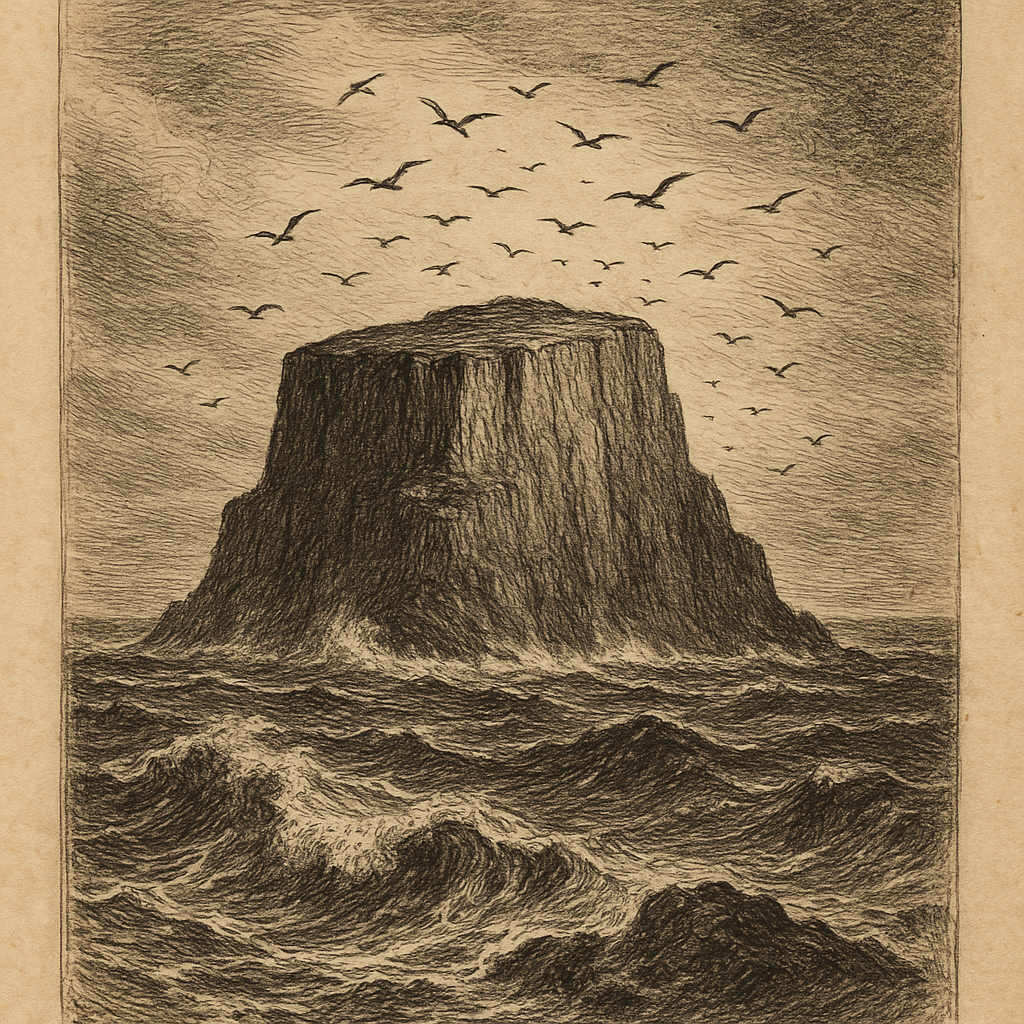History
Montagu Island is located in the South Atlantic Ocean and is part of the British Overseas Territory of South Georgia and the South Sandwich Islands. The island was first discovered in 1775 by Captain James Cook, who named it after George Montagu, a British naval officer. The island was later claimed by the British government in 1843, and it has been under British control ever since.
In the late 19th and early 20th centuries, Montagu Island was primarily used for sealing and whaling. Several companies established bases on the island to hunt for seals and whales, and the island’s population reached its peak during this time. However, as the demand for seal and whale products decreased, the population of the island dwindled, and it became mostly uninhabited.
In recent years, Montagu Island has become an important site for scientific research. The island is home to a variety of unique and endangered species, including the Montagu’s harrier and the South Georgia pipit. Scientists studying these species, as well as the island’s geology and climate, regularly visit Montagu Island to conduct research. The island is also a popular destination for bird watchers and other nature enthusiasts.


